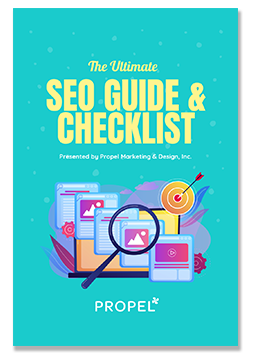In an age when more business is conducted on the internet than ever before, your website is a large part of your brand. As such, it is absolutely crucial that your digital storefront is designed and maintained with the utmost care.
Any design flaws or mistakes within your site can (and will) reflect poorly on your company, damaging growth, conversions, and disintegrating potential profit.
Here are 11 things we always make sure to avoid:
Consistent inconsistency
As the saying goes, consistency is key, and that’s especially true in web design.
A website that lacks consistency can be confusing, appear unprofessional, and rank lower on search engines.
A unified brand image starts with your site, so let’s make sure it’s coherent and clean.
Some of the more important components that need to remain consistent are your fonts, colors, and shapes.
Poor visual design
A poor standard of design for your website will deter potential customers at an alarming rate.
Avoid text that is unreadable and strive to make your site visually interesting in order to retain visitors.
If you clicked through to your site would YOU want to stay? To be sure, you can also share your website with friends and colleagues to get their feedback.
Lack of headings
and subheadings
Headings capture readers’ attention, and subheadings hold it.
A site that uses these elements ineffectively or doesn’t use them at all is at a serious disadvantage when it comes to both search engine ranking (SEO) and site organization.
Headings and subheadings break up and summarize content, making it easily scannable for readers.
Expecting people to read your content without including subheadings is like expecting to catch fish without using a hook- a foolish exercise.
Pages that are out of date
Nothing is more of a red flag to people visiting your site than pages that are obviously outdated or stale. Along with pushing away potential customers, these pages reflect horribly on your brand.
It’s best to look at your website holistically on a frequent basis to make sure you’re not repulsing traffic.
Internal links that open in new windows
Links that direct users to new windows are yet another way to distract and repel them.
Make sure that your internal links are relevant and open in the same window.
When citing a source or including an external link, it’s suggested that these links open in a new window.
It’s also important to put links to your social media accounts in somewhere other than the top of your site. These links are just another excuse for customers to exit your domain. Since these links are sending people away from your website, it’s also recommended that they open in a new window.

Forgetting about mobile (and other devices)
In an age when a larger and larger portion of user consume their daily content on mobile devices, it’s a huge mistake to ignore how your site looks on mobile.
In the planning and development of your website, you should think carefully about how users will navigate your site on tablets and phones.
Also, there are many smartphone, tablet and screen formats in general.
This is why your site should be responsive, allowing it to be properly visited by all your potential customers.
Content that can’t be scanned
As attention spans shorten, it’s more important than ever to create website content that is digestible for your desired audience.
Crafting bite-sized paragraphs that can be easily scanned is key in the retention of finicky internet users who will take any excuse to click away.
Most people won’t even make it to this last sentence, so congrats if you’re still here.
Ignoring SEO during the design process
Search engine optimization is an integral part of any website strategy, and it should be taken into account during the process of building a website rather than after.
The fight for real estate at the top of Google’s ranking is a highly competitive one, and web pages designed with SEO in mind will climb that ladder much more easily.
Not only that but going back in and changing everything to achieve better brand visibility is a costly process.
One of the best practices is to perform a semantic audit, which allows you to make the tree structure of your website – taking into account the seed words, links and thus improve your SEO.
Broken links
Links that don’t function enrage customers cause your brand to appear sloppy and disrupt your SEO.
We’ve all been there before from a user’s point of view, and it’s nothing less than a massive annoyance.
As an internet society, we expect links to work just like we’d expect a waiter to bring us the food we ordered.
The more links you have, the more often you should check to make sure that they work, as a “404 not found” could be a death sentence for potential business.
In addition, this exercise will allow you to test various user paths and ensure its simplicity.
Poor navigation and interface
When designing your website, it’s best to err on the side of simplicity.
Complicated navigation will disrupt traffic and confusing elements like complex forms are a great way to increase your bounce rate.
Your site is a roadmap to the customer, and it should be good at getting them from point A to point B. Do not forget to make your website responsive.
In order to perfect your user journey, you can focus on the UX (User Experience) and UI (User Interface) which will help you create a design that will facilitate navigation and improve your visitor’s navigation comfort.
Forgetting to proof and test pages
ALWAYS, ALWAYS, ALWAYS test and proof your content and pages.
Mistakes that go unnoticed can remain for months and disrupt your SEO efforts and site traffic. This might seem obvious, but testing is more than just checking to see if your links work.
Your site should work and look nice on all devices and platforms. You might have a good many links and pages that exist under your domain, which is like a building.
Pages that don’t function are weaknesses in the structural integrity of that building, and too many unchecked errors can cause it to crumble.
About the author:
Sergio Arboledas is the SEO Specialist at MintTwist, an award-winning creative digital agency in London that delivers campaigns across web design, paid media, SEO, content & social.


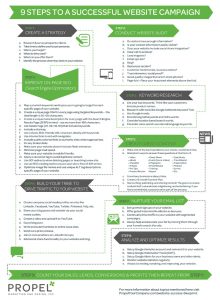 Create a Winning Website!
Create a Winning Website!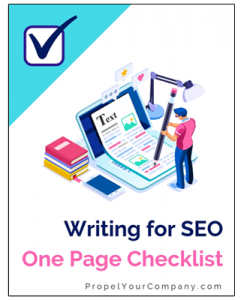 Learn How to Write for the Web
Learn How to Write for the Web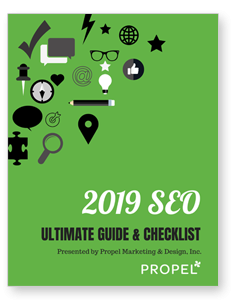
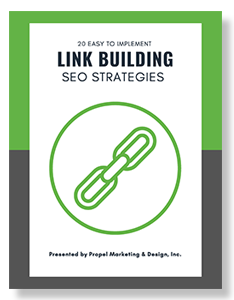 Link Building
Link Building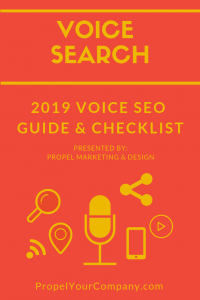 Voice SEO Guide & Checklist
Voice SEO Guide & Checklist
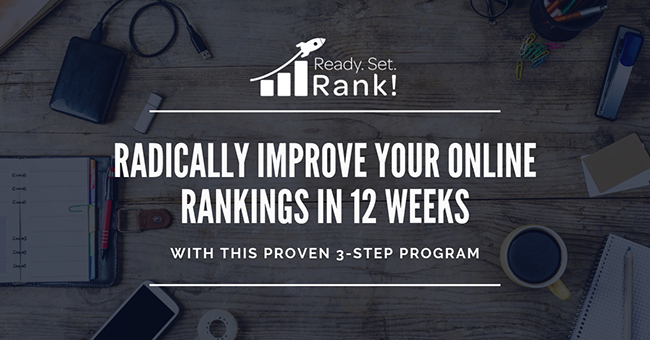


![How to Write a Professional Chiropractic Bio [Template Included]](https://propelyourcompany.com/wp-content/uploads/write-a-bio-500x383.jpg)

